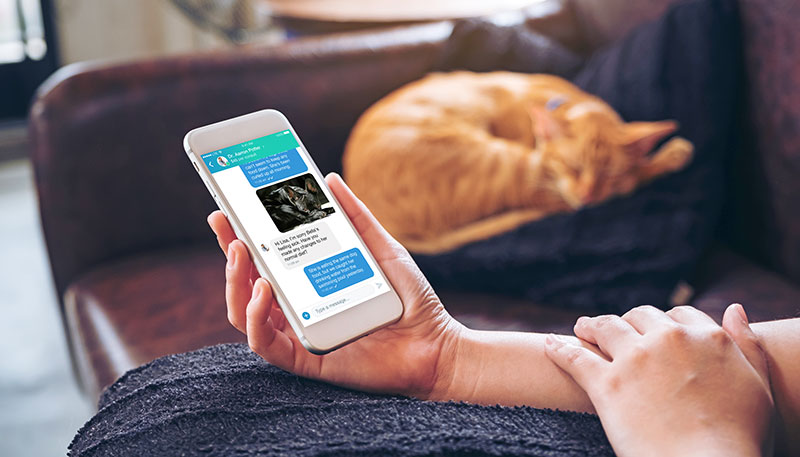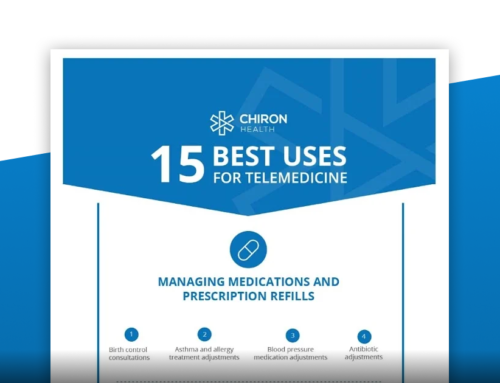Telehealth is a versatile tool that many veterinarians already use each time they answer a text, receive a call or respond to a Facebook message from a client. However, a telehealth solution built with veterinarians in mind can help you be more efficient and get paid for professional services formerly provided for free. It can also promote stronger client relationships by allowing you to be more integrated in patient health.
Choosing the Platform that Fits Your Practice
In order to fully reap these benefits, it’s crucial you find the solution that best fits the needs of your practice and will facilitate the virtual care you plan to offer. All veterinary practices are different, but in general the telehealth solution you choose needs to make your life easier, not harder. It should be a seamless process that you can use with existing workflows and patient segments.
Four Core Characteristics of a Veterinary Telehealth Solution
1. Compliance & Security
More than anything, you need to make sure the telehealth solution you are considering is specific to medical care providers and complies with the AVMA Guidelines for Telehealth. These guidelines include insuring that a valid VCPR is in place for diagnosis and treatment or that only general advice is offered if no VCPR is present. The solution should also securely encrypt messages to guarantee the confidentiality and integrity of patient health information.
2. Functionality
Be sure to find a solution that offers the full range of capabilities you need to make your telehealth program successful. You should consider whether the platform allows for secure text, voice and video chat and whether you can upload and store files, images and consult details. Some additional features that improve quality of life include the ability to communicate with groups and medical colleagues.
3. Revenue
One of the biggest reasons to consider implementing virtual care is to get compensated for the valuable professional services you provide. It’s critical to make sure the platform you’re considering makes it easy to get paid and allows you to set your own consult rate. Another key consideration is whether you can bill directly in the app.
4. User Experience
Make sure the app or system you are looking to implement is user friendly for both you and your clients. This includes having an intuitive interface and working seamlessly across various systems – from desktop and tablet to smartphone. It’s best if the system requires little or no special equipment so implementation time and costs can be kept to a minimum.
Access the full veterinary telehealth checklist here.
Ready to start using a telehealth solution built with veterinarians in mind? Download Direct Health today for iOS/Android or create an account on desktop.







Leave A Comment